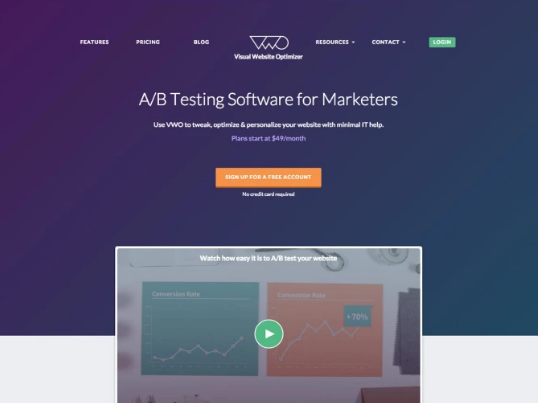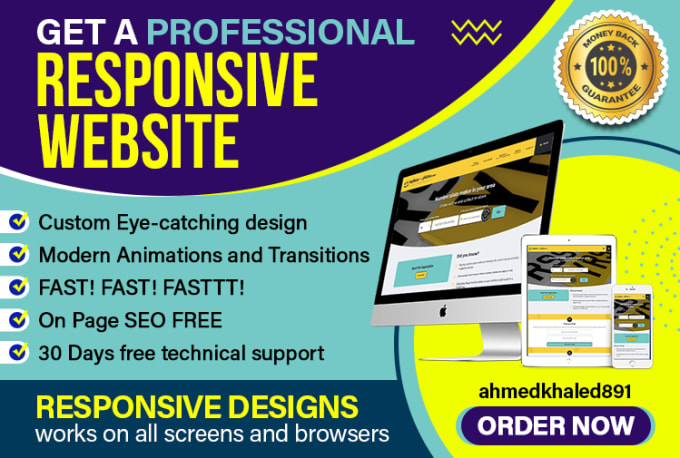
Responsive web designs
While in the early days of Responsive web layouts, web pages had been built to target a selected display sizing. Should the user had a bigger or smaller display as opposed to designer expected benefits ranged from unwelcome scrollbars to extremely extended line lengths, and lousy use of Area. As additional diverse display measurements grew to become available, the notion of responsive web design (RWD) appeared, a set of techniques which allows web pages to alter their format and visual appearance to suit diverse display screen widths, resolutions, and so on. It can be an concept that altered how we style to get a multi-unit Website, and in this article, we'll enable you to understand the primary strategies you need to know to learn it.
For Great Responsive Website design Click the link : https://cutt.ly/sri0c06
Versatile layout before responsive structure

Several approaches ended up produced to try to resolve the downsides from the liquid or fastened-width ways of developing Web-sites.
In 2004 Cameron Adams wrote a submit entitled Resolution dependent format, describing a way of creating a design and style which could adapt to various display resolutions.
This technique expected JavaScript to detect the display screen resolution and load the correct CSS.
Historic website layouts

At a single level in background you experienced two possibilities when planning a website:
- You could develop a liquid website, which might extend to fill the browser window
- or even a preset width internet site, which might be a hard and fast dimension in pixels.
These two methods tended to end in a web site that appeared its best about the display screen of the individual building the site!
The liquid website resulted in the squashed style and design on scaled-down screens
Responsive design and style
The term responsive style was coined by Ethan Marcotte in 2010 and described the use of 3 tactics together.
- The main was the concept of fluid grids, some thing which was already staying explored by Gillenwater
- and may be browse up on in Marcotte's report, Fluid Grids (published in 2009 on A listing Apart).
- The next method was the concept of fluid images. Using a quite simple approach of environment theÂ
max-width residence toÂone hundred%, visuals would scale down smaller if their made up of column turned narrower compared to the image's intrinsic dimension, but in no way increase bigger. - This allows an image to scale all the way down to fit in a flexibly-sized column, as opposed to overflow it
- although not increase greater and turn out to be pixellated if the column results in being broader in comparison to the graphic.
- The 3rd crucial part was the media question. Media Queries enable the type of layout switch that Cameron Adams had previously explored utilizing JavaScript, employing only CSS. Instead of obtaining a person format for all display screen sizes, the layout might be modified. Sidebars may be repositioned to the more compact screen, or alternate navigation might be exhibited.
check my site